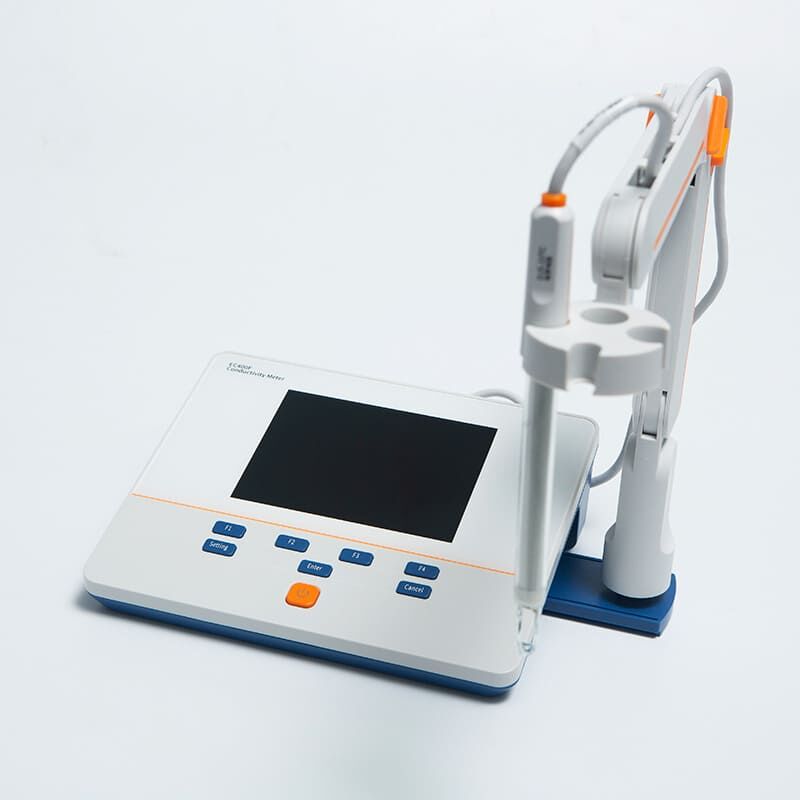Worldwide Shipping
SKZ's business scope covers the whole world, providing one-to-one logistics tracking reminder service, shipping within two weeks, providing air, sea and ship services according to customer needs, and providing fumigation-free plywood boxes or multi-layer cartons wrapped with plastic film.

